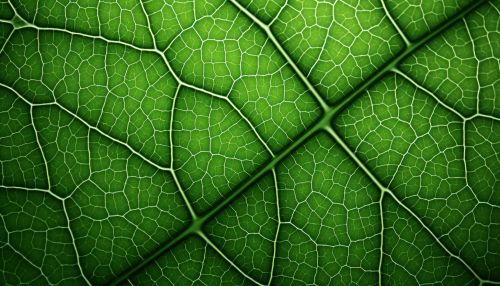Plants
Introduction
Plants are multicellular, predominantly photosynthetic eukaryotes of the kingdom Plantae. They form a clade that includes the flowering plants, conifers and other gymnosperms, ferns and their allies, hornworts, liverworts, mosses, and the green algae. Plants play a vital role in the maintenance of life on Earth. They generate most of the world's oxygen, and are the primary producers in the food chain, providing food and habitats for a multitude of organisms.


Evolution and Classification
The evolution of plants has resulted in a wide range of complexity, from the earliest algal mats, through multicellular marine and freshwater green algae, terrestrial bryophytes, lycopods and ferns, to the complex gymnosperms and angiosperms of today. The evolutionary history of plants is not yet settled, but research indicates that plants evolved from a group of green algae, probably as early as 850 mya during the late Proterozoic Eon.
Plants are classified in several ways. The classical classification includes two divisions, Cryptogamae that includes the non-seed plants and Phanerogamae that includes the seed plants. Modern molecular systematics classify plants into a total of 12 phyla.
Structure and Function
Plants exhibit a wide range of morphological diversity, but all have certain characteristics in common. The basic plant structure includes roots, stems, and leaves. Each of these structures plays a critical role in the life of the plant, and the structure and function of each is intimately tied to the others.
The plant cell is the basic unit of life in plants. It is a type of eukaryotic cell that differs in several key aspects from the cells of other eukaryotic organisms. The most notable feature unique to plant cells is the presence of a rigid cell wall outside the cell membrane.
Photosynthesis
Photosynthesis is the process by which plants, algae, and some bacteria use sunlight, water, and carbon dioxide to create food energy and oxygen. This process is fundamental to life on Earth, as it provides the energy that drives ecosystems, and it is the source of the oxygen in the atmosphere.


Reproduction and Growth
Plants reproduce both sexually and asexually. Sexual reproduction involves the combination of genetic material from two parent plants to produce offspring with a unique genetic makeup. Asexual reproduction, also known as vegetative propagation, involves the production of new plants from the vegetative parts of the parent plant, such as stems, leaves, and roots.
Plant growth is unique in that it occurs throughout a plant’s lifetime due to the presence of meristematic tissues. These tissues are responsible for the production of new cells in plants, allowing them to grow and develop.
Ecology and Conservation
Plants play a critical role in the ecology of the Earth. They are the primary producers in most terrestrial ecosystems and form the basis of the food web in those ecosystems. The presence and activities of plants influence the environment in a number of ways, including influencing the amount of rainfall, determining the rate of erosion, and influencing the chemistry of the soil.
Conservation of plant biodiversity is a global concern. Many plant species are at risk of extinction due to habitat loss, pollution, and climate change. Conservation efforts are aimed at preserving plant diversity and preventing the loss of plant species and the ecosystems they support.
